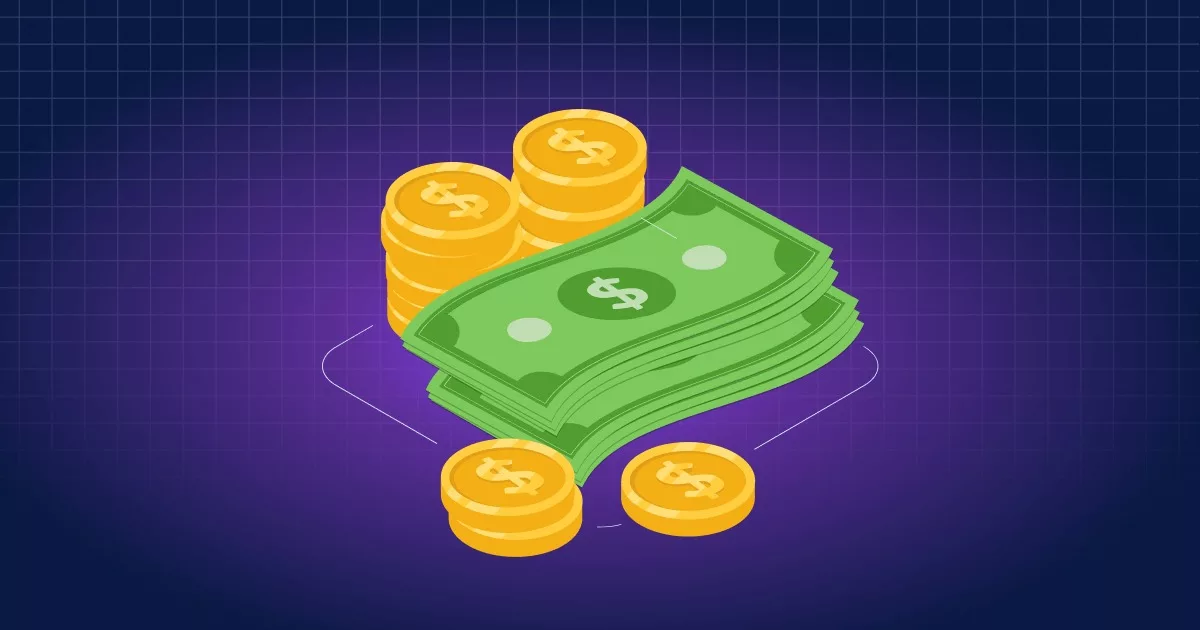
Money may not buy happiness, but it’s hard to deny that it plays a significant role in our lives. Whether paying the bills, saving for a dream vacation, or investing in our future, money is essential to our daily lives. But, despite its importance, many of us struggle to manage our cash flow effectively. From living paycheck to paycheck to drowning in debt, poor cash flow management can seriously affect our financial health and well-being. The good news is that with the right strategies and tools, managing personal cash flow doesn’t have to be a daunting task. We’ll explore some of the most effective strategies for managing your cash flow so you can take control of your finances and achieve your goals.
Let’s dive in and discover how to manage personal cash flow like a pro!
What is Personal Cash Flow Management?
Personal cash flow management is the process of tracking and controlling your incoming and outgoing cash flow. It ensures that you live within your means while achieving your financial goals.
Think of it like being the captain of a ship, steering your finances toward a safe harbor.
As a first step, you must know your income and expenses to manage your cash flow effectively. This means tracking your spending habits and creating a budget that allows you to live comfortably while saving for your future.
Budgeting is just one aspect of personal cash flow management. You must also consider your investments, debt management, emergency fund, and retirement planning. These areas of personal finance can seem overwhelming. But you can navigate through them quickly with some knowledge and effort.
It’s not about depriving yourself of what you enjoy; it’s about creating a plan to enjoy life while securing your financial future.
Why is Personal Cash Flow Management Important?
Personal cash flow management is vital for a variety of reasons. It can help you achieve financial stability, reduce debt, save money, and reach long-term goals.
One of the most significant benefits is that it helps you to live within your means. You can identify areas where you overspend and adjust your budget by tracking your income and expenses. This can help you avoid the stress of living paycheck to paycheck and reduce the temptation to rely on credit cards or loans.
Personal cash flow management also helps you save money. By setting financial goals and creating a budget, you can identify ways to reduce unnecessary expenses and increase your savings. This can help you build an emergency fund, save for a down payment on a home, or invest in your retirement.
In addition, personal cash flow management can also help you avoid debt and manage your existing debt. By tracking your spending and prioritizing your expenses, you can ensure that your debt payments are on time and that you are not taking on more debt than you can handle.
Effective Strategies for Managing Personal Cash Flow
Handling personal cash flow can be challenging, but it can become a manageable and rewarding task with the right strategies.
Below are some effective techniques for managing personal cash flow.
1. Create a Budget
Creating a budget is one of the most critical strategies for managing personal cash flow. A budget can help you keep track of your income and expenses and ensure you are living within your means.
As a thumb rule, you can follow the 50/30/20 rule of budgeting. It suggests dividing your after-tax income into three categories,
- 50% for necessities like rent and groceries
- 30% for discretionary spending like entertainment and eating out
- 20% for saving and paying off debt
This rule can help create a balanced budget and prioritize your financial goals.
2. Prioritize your Expenses
Prioritizing your expenses can help you pay for the most important things. It can also help you identify areas where you might overspend and adjust your budget.
3. Reduce Unnecessary Expenses
Reducing unnecessary expenses can help you save money and increase your savings. This might include cutting back on eating out or shopping for clothes that you don’t need.
4. Build an Emergency Fund
An emergency fund can help you prepare for unexpected expenses like car repairs, medical bills, or job loss. Aim to save at least three to six months of living expenses in your emergency fund.
For example, if your monthly household expense is INR 20,000, focus on saving between INR 60,000 (3x monthly expense) and INR 120,000 (6x monthly expense).
5. Invest in your Future
Investing in your future can help you reach your long-term financial goals. This might include saving for a down payment on a home, investing in your retirement, or starting a business.
How to Evaluate Your Personal Cash Flow Management
Evaluating your personal cash flow management is crucial to understanding where you stand financially and making any necessary adjustments to achieve your financial goals.
1. Review your Budget
Look at your budget and track your expenses for at least three months. Identify areas where you might be overspending and look for ways to reduce unnecessary expenses.
2. Calculate your Net Worth
Your net worth is the difference between your assets (like your home and savings accounts) and your liabilities (like your mortgage and credit card debt).
Calculate your net worth and track it over time to see how your financial situation is improving.
3. Check your Debt-to-Income Ratio
Your debt-to-income (D/E) ratio is the amount of debt you have compared to your income.
A high D/E ratio can make it challenging to achieve your financial goals. Check your ratio and look for ways to reduce your debt.
Conclusion
Managing personal cash flow is essential to achieving financial stability and success.
It lets you understand your financial situation, control your spending habits, and save money for future goals and emergencies.
With the right strategies and tools, such as budgeting, tracking your expenses, and automating your savings, you can take control of your finances and achieve your financial goals.
FAQs
1. What is the 50/30/20 rule of budgeting?
The 50/30/20 rule of budgeting suggests dividing your after-tax income into three categories,
- 50% for necessities like rent and groceries
- 30% for discretionary spending like entertainment and eating out
- 20% for saving and paying off debt
This rule can help create a balanced budget and prioritize your financial goals.
2. How much should I save each month?
The amount you should save each month depends on your financial goals and circumstances.
As a general guideline, experts recommend saving at least 10 to 15% of your income for long-term goals such as retirement. But, you may need to adjust your savings rate accordingly if you have debt or other financial obligations.
Creating a budget and identifying your financial priorities are important to determine how much to save each month.
3. Why is it important to have an emergency fund?
An emergency fund is essential because unexpected expenses, such as medical emergencies, car repairs, or sudden job loss, can arise anytime.
Without an emergency fund, you may rely on credit cards or loans, leading to debt and financial stress. An emergency fund can provide a financial safety net and help you avoid financial hardship in times of crisis.
Aim to save at least three to six months of living expenses in your emergency fund.




